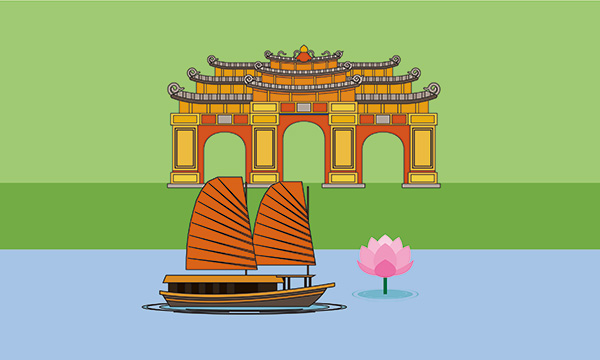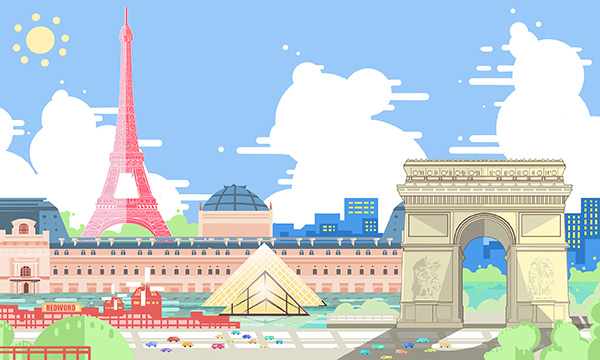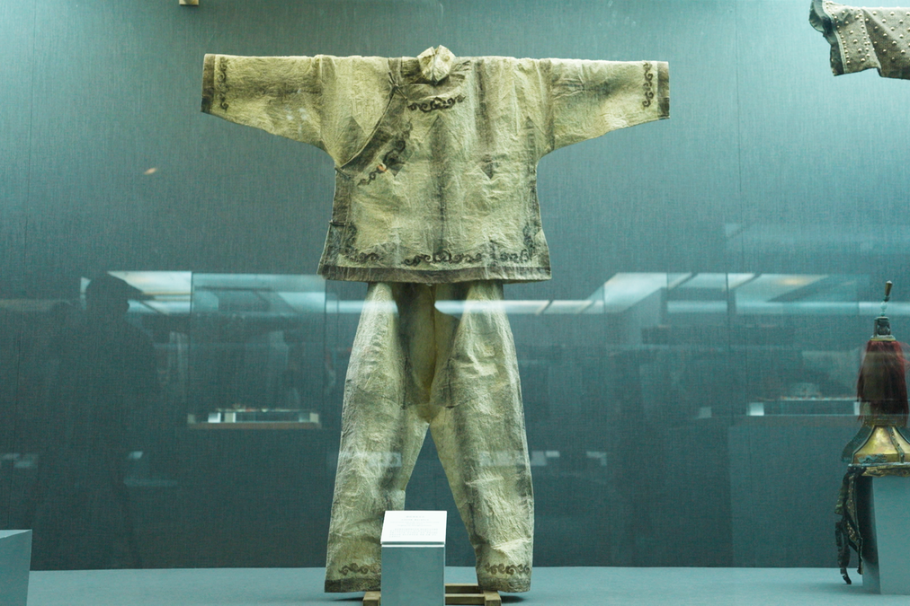Exploring city time lines worldwide
The concept of a central axis is commonly seen in many cities around the world. Here, we introduce three central axes across the world recognized by UNESCO.
By Wang Xingwei | China Daily | Updated: 2023-08-02 11:45

The Complex of Hue Monuments features hundreds of monuments and ruins.[Photo/VCG]
Hue Monuments, Vietnam
Located on the banks of the Huong River, The Complex of Hue Monuments is an imperial palace complex at the heart of Hue city, Thua Thien-Hue province. Here, time comes to a standstill as you stroll through the palaces and soak up the cultural and historical atmosphere of the country.

Banks of the Seine, France
From the Louvre to the Eiffel Tower, from the Place de la Concorde to the Grand and Petit Palais, the evolution of Paris and its history can be enjoyed from the River Seine. Along the river, tourists can see various parts of the "Voie Triomphale" — the Historical Axis of Paris — which runs through some of the city's most celebrated monuments and squares, including the Arc de Triomphe.

Brasilia, Brazil
Brasilia, the capital of Brazil, is widely considered a masterpiece of modernist architecture. The city is built in the shape of an aircraft, with two lines drawn into a cross. The administrative buildings are built on the vertical line, called the "monumental axis", while the horizontal line, called the "residential axis", provides housing for local residents.
























